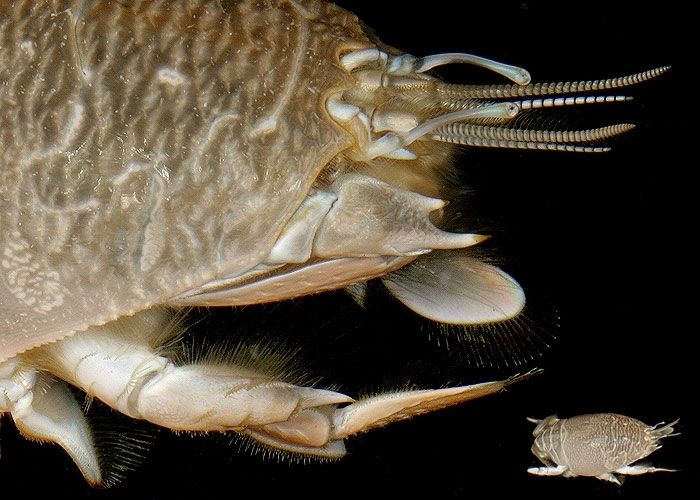This project is now in update mode. Check back regularly to see how things are progressing.
Assessing Retention in Sand Crab Populations

The problem
Ecologists have long observed that organisms are restricted to live only in certain regions of our planet. Despite more than a century of documenting biodiversity, scientists still do not understand the mechanisms defining these range limits. A clear understanding of the phenomena will lead to important advances in controlling the spread of emerging diseases, non-native species invasions and the effective prediction of global climate change effects in the welfare of species.
For many years our team has been pursuing research to better understand range limits. In the early 2000s we helped developed conceptual and mathematical frameworks to tackle this problem. In addition, we have evaluated the importance of one particular theory, the niche hypothesis, stating that variation in local environmental conditions determine range limits. Overall, we have learned that due to the complexity of the phenomena, the best course of action is to simultaneous assess the relative importance of competing theories defining species distributions.
What needs to be done
We are currently pursuing research to test the leading models of range limits. A major unanswered question is why long-distance movement of individuals (what is also known as dispersal) does not expand the species range indefinitely. Our research will provide the necessary data to test whether the range limits of a highly dispersive species are controlled by variation in local environments, disturbance events that cause local populations to go extinct, and the importance of barriers to long-distance dispersal.
What is missing
In order to evaluate the importance of dispersal in geographic ranges, we are using as a model system the sand crab Emerita analoga, a marine crustacean inhabiting sandy beaches from Oregon, USA to Baja California, Mexico. We know a lot about the species, but a vital piece of information that strongly impacts our study is still missing. We are uncertain whether individuals return to their place of origin to complete their life cycle. Sand crabs accomplish an amazing feat during their lifetime. In the evenings and during high tide, adults inhabiting sandy beaches broadcast their progeny into the nutritious but dangerous oceanic broth. Here, these young individuals can spend up to four months undergoing several stages of development until they become young recruits. Somehow they find their way back to a sandy beach to mature into an adult, reproduce and die. But do they return to the beach where they hatched? With your generous support we can answer this question. The information generated will not only provide vital biological data to better understand the life cycle of the species but it will help us make a compelling case to granting agencies like the NSF and other foundations supporting these kind of studies.
Where you come in
Your generous contributions will allow us to use genetic tools to determine whether sand crab larvae typically stay within their sites of origin (retention) or drift to other sites along the coast. We will develop genetic markers to identify kinship between adults and recruits within populations across the geographic range of Emerita analoga. Our colleagues Dr. Jenny Dugan from the University of California,Santa Barbara and Dr. Alan Shanks from the University of Oregon will collect individuals along the Pacific coast. At the Department of Integrative Biology in the University of Texas at Austin, your contribution will support the involvement of an undergraduate student who will help Dr. Laura Gonzalez accomplish the extraction and sequencing of DNA using facilities at Dr. Tom Juenger’s lab and at the DNA sequencing lab of the Institute of Cellular and Molecular Biology. Dr. Tim Keitt, also from Integrative Biology, will analyze the genetic data using parentage statistical tools to determine whether retention occurs in sand crab populations. Be part of our team! Together we can make it happen!

$25
Egg Stage
Your contribution will support DNA extraction for one sand crab individual
$50
Larval stage
Your contribution will allow us to complete DNA sequencing of 10 individuals
$100
Megalopa Stage
Your contribution will support the development of two genetic markers
$200
Young adult stage
Your contribution will cover the shipping costs of 160 sand crab individuals
$500
Adult Stage
Your contribution will support the development of 5 genetic markers
$1,000
Population Level
Your contribution will cover DNA extraction for 50 individuals
$5,000
Metapopulation Level
Your contribution will support the full costs of the laboratory supplies and equipment use for the genetic study
$10,000
Geographic Range Level
Your contribution will support five months of salary for an undergraduate research assistant





